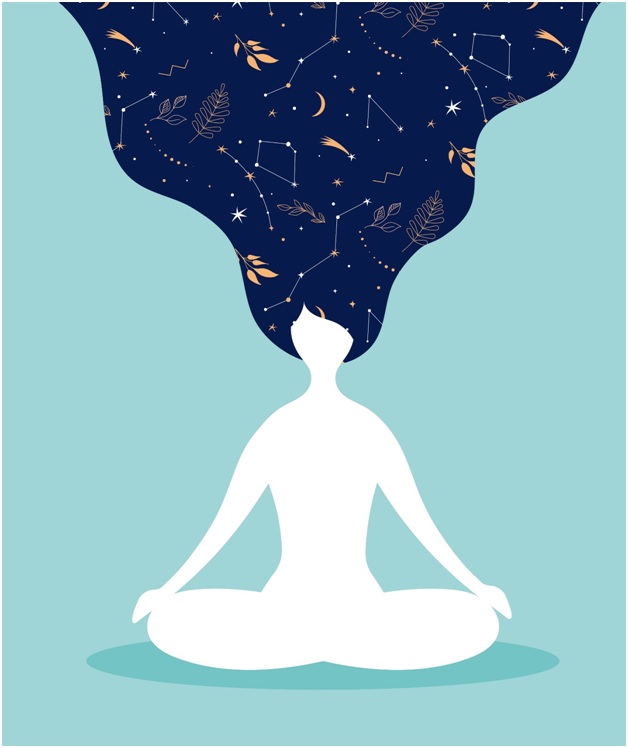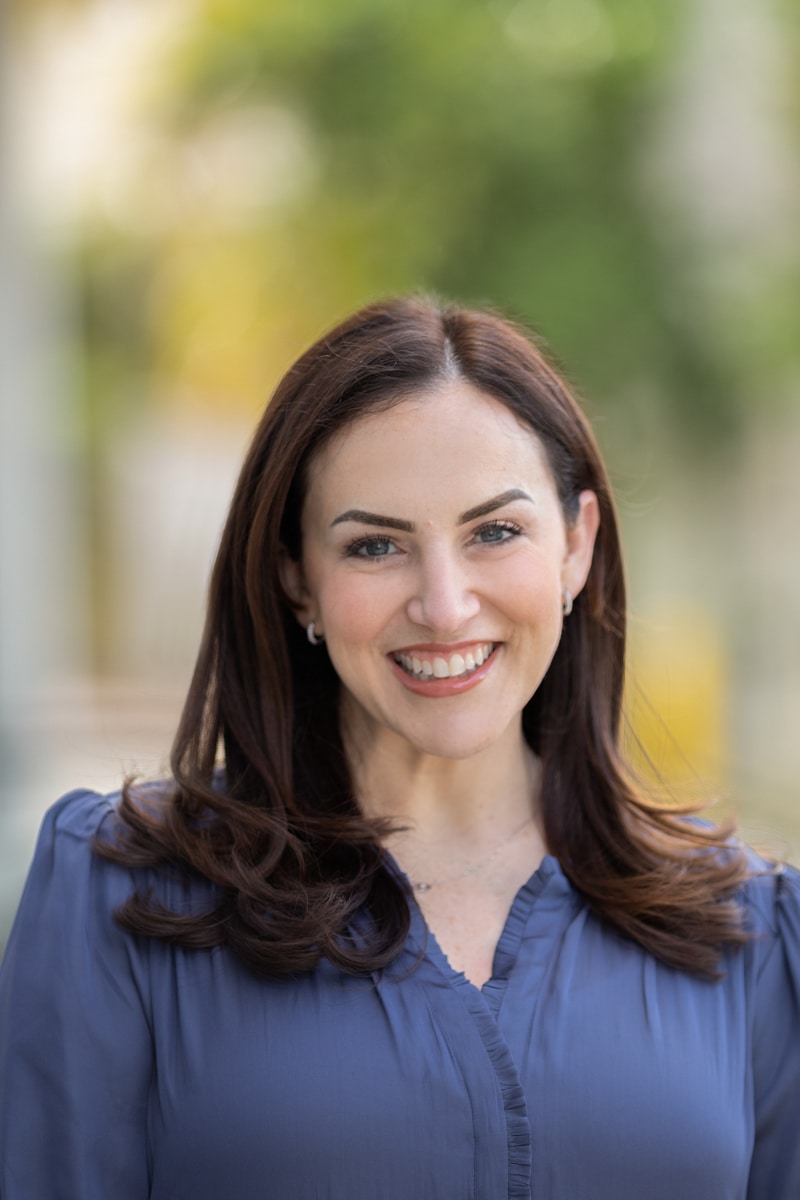According to the National Eating Disorder Association, 1.0 percent of young women and 0.1 percent of young men meet the criteria for being diagnosed with bulimia nervosa and may need bulimia nervosa therapy. That translates to millions of people in the United States alone, of all genders and ages. Bulimia nervosa can have severe health consequences if left untreated, and the psychological risks are just as great. People with this dangerous mental health disorder enter treatment programs almost on a daily basis, and normally their priority is to find a program that includes psychiatric, nutritional, and sometimes medical facets. These are all essential parts of a complete continuum of care, and should never be ignored or taken for granted. However, there are other, “alternative” treatments that can help bring new perspectives to recovery, filling in the gaps and providing a different path to recovery for situations when the traditional model isn’t working.
Traditional Care Models
Treatment facilities in the modern-day include multidisciplinary, evidence-based treatment as a standard part of any recovery plan. Evidence-based means that the therapeutic methodology has a basis in the scientific method. The effectiveness of the treatment has been measured in various groups and the results are studied in clinical trials. The application of a scientific methodology to psychological disorders has greatly increased the effectiveness of eating disorder treatment. One of the most common and effective evidence-based techniques used in eating disorder treatment is Cognitive Behavioral Therapy (CBT).
CBT and its offshoots use a Socratic methodology between the patient and the therapist, where the patient answers questions designed to reach a better understanding of their disordered thoughts and feelings. It helps patients realize that their actions are driven by these emotions and that just because they have an urge to use disordered behaviors, they don’t have to act on them. Mindfulness is also prioritized; a state of self-awareness is very helpful in identifying and replacing disordered behaviors. Other evidence-based methods might include psychiatric medication in other mental health contexts, but for eating disorders, they are generally not effective.
Traditional care models are very effective for many people, but just as many seek alternative forms of therapy. Alternative therapies are often cited as recovered patients’ favorite and most effective segments of their treatment experience. Take a look at some of the alternative forms of therapy that can be beneficial for treating bulimia nervosa.
Meditation Therapy
For centuries, meditation has been thought to help people achieve a calmer state of being in which they can achieve mental clarity, find renewed energy, and focus on overcoming personal emotional obstacles. Meditation as part of bulimia nervosa therapy is beneficial because individuals often struggle with overcoming feelings of anxiety and stress that can trigger their eating disorder behaviors. In fact, since the main goal of meditation is to reach a state of mindfulness – experiencing emotions without acting on or judging them – it is hardly “alternative” in the context of a modern treatment process that includes CBT and similar methods. Meditation can be used in times of crisis, such as when urges to binge eat or purge strike a bulimia nervosa patient, but it’s also a useful daily practice that can be made part of a routine.
Body Awareness Therapy
Body awareness therapy can come in many different forms, and some form of this therapy type is usually used as a bulimia treatment option. Body awareness therapy is designed with a focus on recognizing the body’s feelings and movements. Studies of body awareness therapy suggest that using this as a therapeutic tool during treatment for eating disorders could help people establish a healthier body image, which is something that people with eating disorders tend to struggle with the most. Negative portrayals of the self-image in the mind can drive disordered behaviors and thoughts, so through body awareness therapy, individuals are better capable of seeing their own bodies in a clear way. Distorted body image can lead even a severely underweight person to believe their body is too big or otherwise flawed; being able to see and accept their body for what it truly is makes maintaining a recovered lifestyle much easier in the long run.
Yoga Therapy
Yoga is a form of physical exercise, but it involves slow and calculated movements, focused breathing, and absolute concentration on the body’s movements. Therefore, yoga as part of a bulimia treatment plan can be a highly useful tool. Bulimia nervosa treatment centers often have daily yoga sessions as treatment options for clients because they can be so beneficial to the recovery process.
In a study of how yoga affected women, the participants saw changes and improvements in:
- having a positive body image
- making better dietary choices
- having a positive sense of well-being
All of these ideas are things that people in bulimia treatment centers tend to struggle with most. Therefore, yoga could be a powerful tool to help people overcome some of their struggles during treatment.
Animal Assisted Therapy
Animals have a profound effect on humans; they can project calmness and empathy without using words. Many different kinds of mental health treatment programs have begun using animal-assisted therapy to help their patients reconnect with purely emotional understanding. Of course, our stalwart partners, dogs and cats, are often used in animal-assisted therapy, many programs like ours employ horses. The combination of these gorgeous creatures’ strength and our innate need to care for them helps bulimia nervosa patients gain emotional clarity and a renewed sense of responsibility. Despite being called an “alternative” therapy, animal-assisted therapy has been shown in clinical trials to increase serotonin levels, alleviating depression and stress levels, and is particularly effective as a PTSD treatment. This makes animal-assisted therapy even more useful for eating disorder treatment – trauma is one of the most powerful triggers for disordered eating behaviors and must be addressed in any successful treatment plan.
Art/Music Therapy
Very often, mental health disorders, including eating disorders, create emotions that are difficult or impossible to express in language. Finding a way to express these emotions can provide a catharsis for people in treatment; it can help people to purge negative emotions or to celebrate positive ones. Enter music and art therapy. Each of these supplemental therapy methods is used to help this kind of expression; patients often find they can express themselves through art or making music in a way they can when writing in a journal or talking to a therapist. Please note that a person’s skill in these art forms is not important. It doesn’t matter if a patient can play an instrument or paint well – no one will be judging the “quality” of the art made in therapy. Instead, both solo and collaborative efforts are encouraged as a different method of communication than a person normally uses.
Look for a Varied Treatment Methodology
Overall, bulimia nervosa therapy should include a vast array of different treatment options and methods, and the best treatment centers work to incorporate many alternative and traditional treatments into their plans. Rosewood uses all of these therapy types in our facilities in different ways, in addition to a number of other methods to create the most comprehensive recovery plan possible. If you would like to know more about Rosewood’s treatment options for bulimia nervosa recovery, reach out to us for more information.











